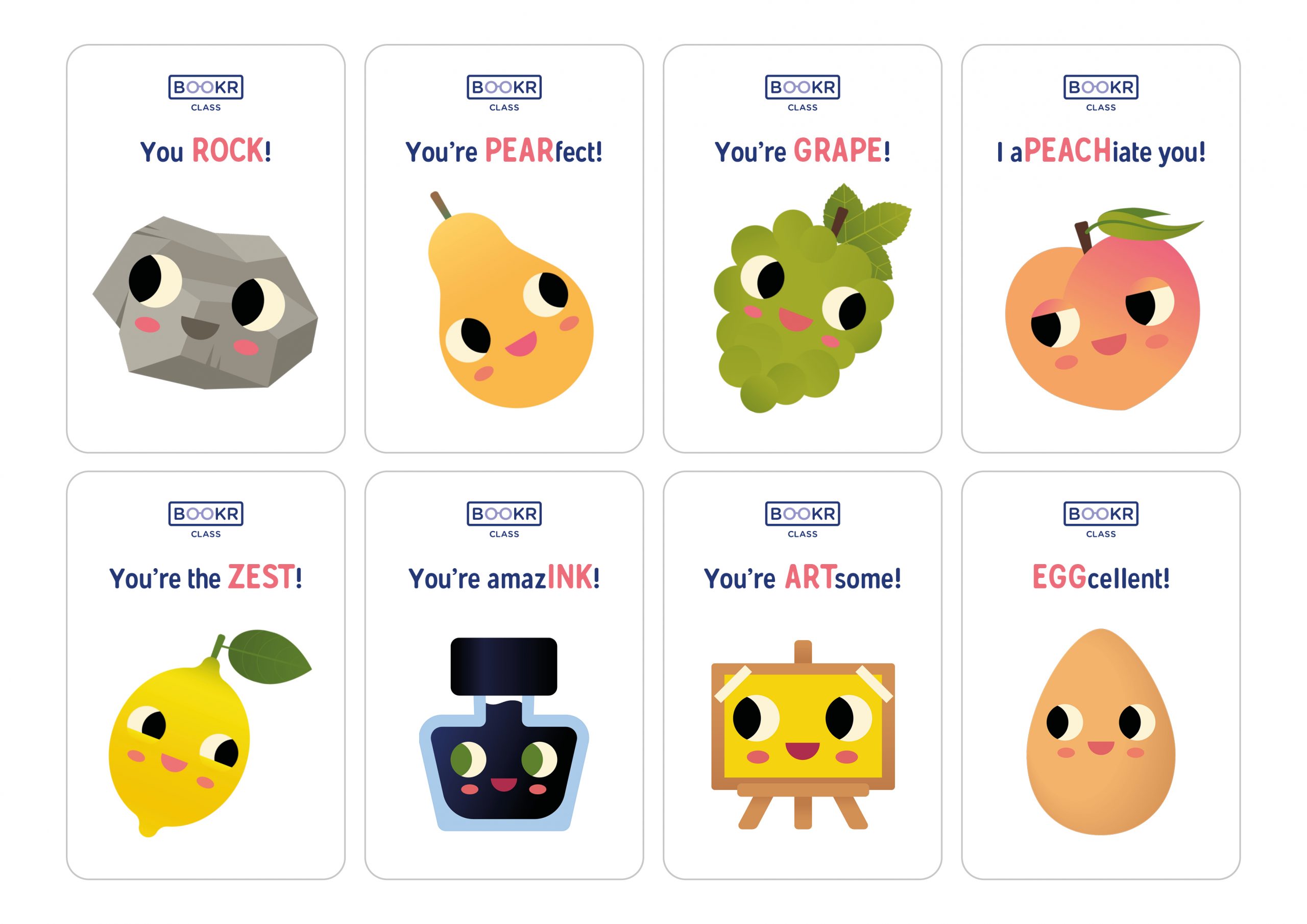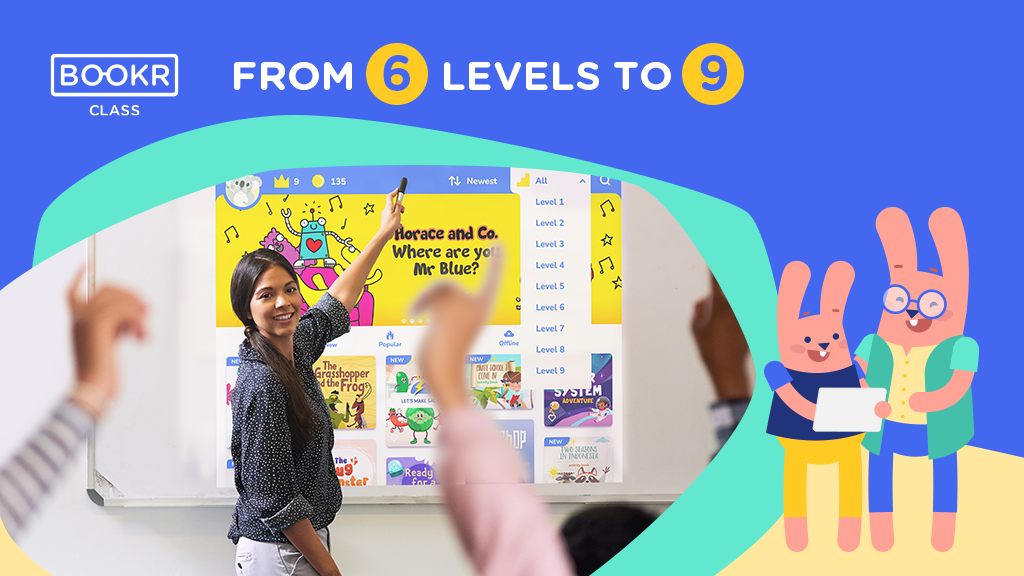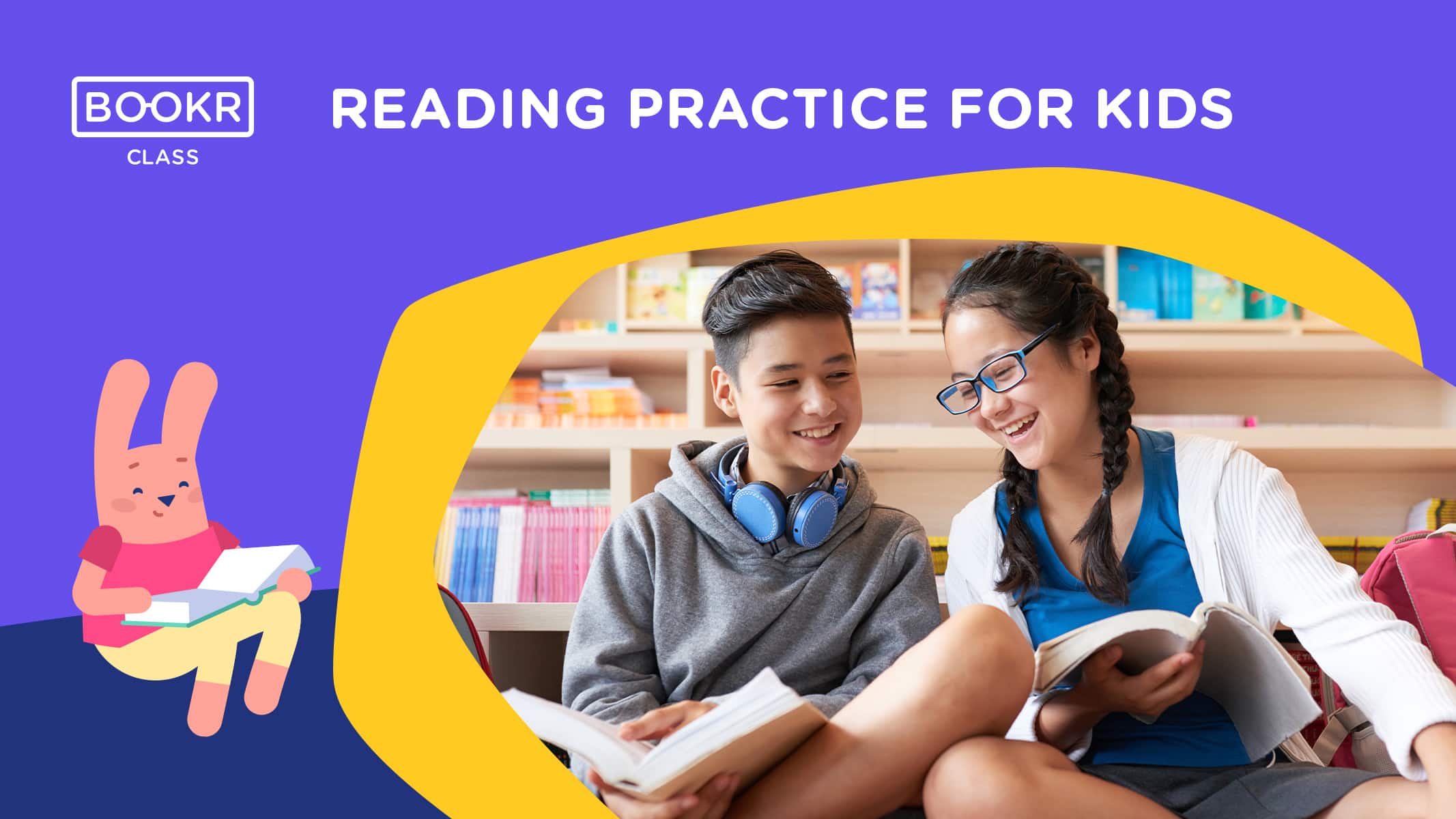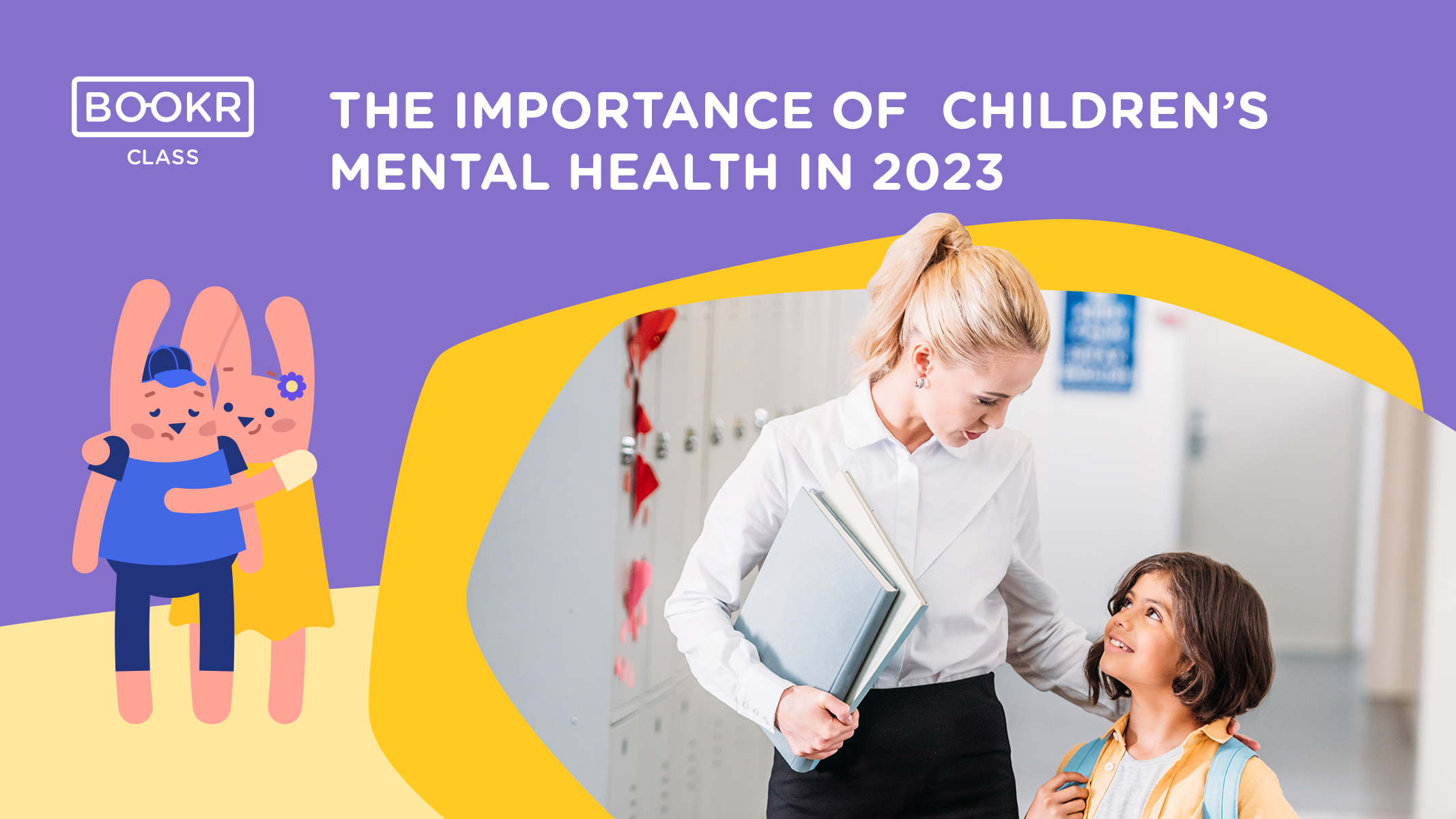Establishing Positive Classroom Routines: Empowering Classroom Success in 2023
We often tend to falsely believe that giving children all the love and freedom in the world is the key to success. After all, a happy, engaged student is a hard-working student, and hard work equals success. And while we have the best interest in our hearts when we do that, what we’re doing overwhelms the children. Why are rules important in school? – we ask, but what we really should be asking is, why are rules important for the wellbeing of the children?

Table of content
Why are routines important in the classroom
Students like rules. They like routines and structure, as it’s easier to function in them. The trick is to strike a happy medium – give them enough freedom to express their creativity during activities but in an organized framework with boundaries. It’s quite a fun topic, actually. Let me show you why in this next blog post.
Routine is important because:
Class routines are going to be different in preschool, elementary school, and in high school. Depending on culture and age, students will react differently to certain routines; that’s why we gathered as many examples as we could. Find your favorite one!
But remember, no matter which ones you implement, rules and routines need to be consistent, predictable and clearly articulated to work.
Classroom routines examples
Let’s take a look at the different types of routines. We collected some of the best examples, tips, and printable activities for you to try.
Must haves - order in my classroom!
Effective classroom management tips are the backbone, so we start at the basics.
Transitions can be challenging for many young learners. It’s important to give students a clear idea of when you all will move on to the next activity and what that requires them to do. Setting a timer for transitions is a very tangible way to let them know we’re moving on to a new topic or activity. Songs work just as well: “By the time the music stops, everyone back in their seats with the book open at page 15”.
It will add variety and predictability to schooldays and something to look forward to every day. Be creative here and include chores or tasks that need to be done – make it playful and see that even collecting trash in the classroom becomes fun.
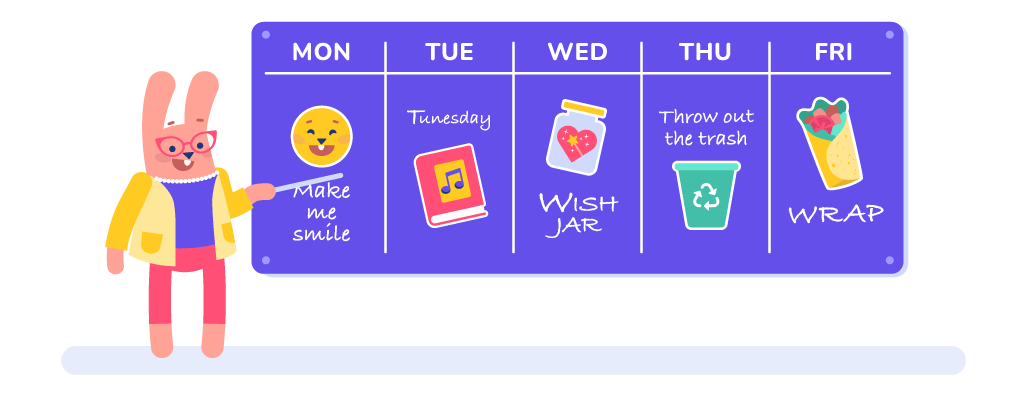
Some examples to spark your creativity:
Make me smile Monday – Read them a funny story, play a video, or tell a joke to start the week on the right foot.
Wish Jar Wednesday – Each Wednesday, each student writes down his/her favorite game or activity (you can give them ideas and examples to help them choose, especially the younger students). You put them all in a jar and keep them somewhere safe in the classroom. Each Wednesday, as a warm-up or cool-down activity, a student gets to pick one piece of paper out of the jar randomly.
Friday Wraps – What happened this week? Let’s wrap it up! You can even make it on a separate sheet of paper and have them decorate and roll it or fold it as if it was a wrap and the learnings are the ingredients for that week.
Classroom routines examples can really make a difference in maintaining order and engagement in the classroom.
Have students complete an exit ticket for something they learned that day. It’s helpful to have a little time to reflect and see if they understood the concept or materials covered that day. Plus, it lets them leave with a feeling of accomplishment each and every day – how’s that for motivation?
Academics are not everything - develop essential social-emotional skills!
Assign one or two students each week to look for acts of kindness during the week. Have them report their observations to the class at the end of the day – it’s a wonderful way of practicing not only kindness put public speaking and presentation skills. If your students are of a more advanced level, this game can be in English.
An active body activates the mind, too – of course, we’re not saying you need to become a gym teacher all of a sudden. Check out a couple of easy movements you can easily complete in the classroom and have the little ones release some stress and fatigue.
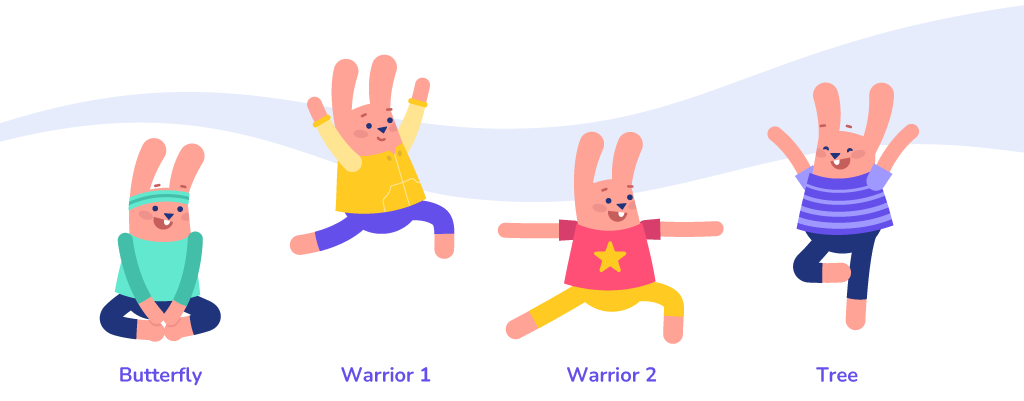
It’s a great idea to try out when they feel tired or in between activities to free their minds and start fresh for the next challenge.
Daily routines start at the very first moment students enter your classroom – so why not start with the simple habit of paying a little bit of attention to all your students every day?
Decide with your learners if it’s a wave, a hug, or a high-five that suits them best.
Classroom routines examples help to set the tone for the entire learning environment.
Teach the little ones about praising each other and give them a framework of a healthy feedback culture. Make it a habit to congratulate each other when something goes right, and not judge if a classmate makes a mistake.
A funny way to praise and learn English at the same time is by using Praising Cards.
If you’d like to read more about the importance of social-emotional learning at an early age and find out what it really means, check out our article about it written by psychologists and educational experts.
There are no two teachers and two classes that are the same – and that’s one of the reasons we love this profession so much. Depending on age group, nationality, number of students, and the group dynamic in general, you’ll find that something that works like a charm on one student or class does nothing for the other.
Try to enjoy the process of finding why routine is important in your classroom, in your particular case, and take the time to figure out what works best. And remember, you’re planting seeds today that could become part of a beautiful forest in the future, giving them techniques that might become part of their daily routines and even personality as an adult. That is pretty exciting on its own.
